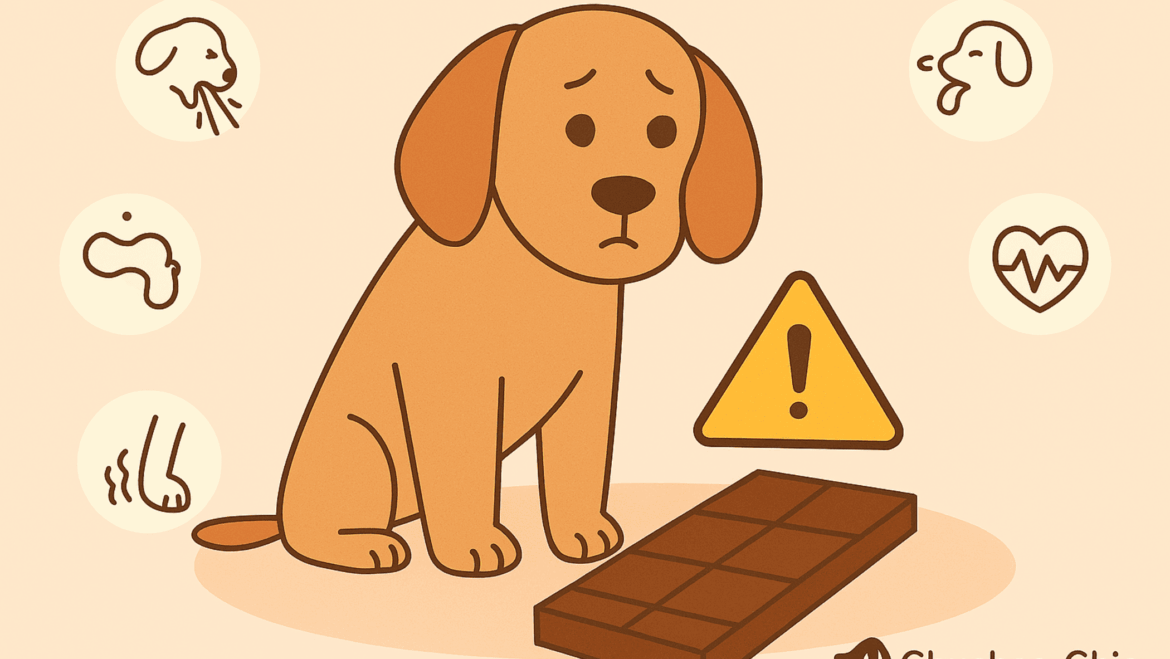Chocolate is a delicious food for humans, but it can be very dangerous for dogs. If your dog has found and eaten chocolate, it’s important to act quickly and knowledgeably to avoid serious health consequences. In this article, we explain what to do if your dog finds your chocolate, how to identify the symptoms of poisoning, and when to see a vet.
Why is chocolate toxic to dogs?
Chocolate contains a substance called theobromine, which is a stimulant of the central nervous system and the heart. Dogs metabolize theobromine much more slowly than humans, which causes it to accumulate in their bodies and can cause toxicity.
Types of chocolate and their toxicity level
Not all chocolates are equally dangerous for dogs. Toxicity depends on the type of chocolate and the amount ingested:
- Dark and baking chocolate: the most toxic.
- Semi-sweet and bitter chocolate: very toxic.
- Milk chocolate: less toxic.
- Chocolate blanco: contiene muy poca teobromina, pero no es recomendable..
Symptoms of chocolate poisoning in dogs
Symptoms may appear 6 to 12 hours after ingestion and can last up to 72 hours. Some common signs include:
- Vomiting
- Diarrhea
- Restlessness or nervousness
- Excessive panting
- Increased thirst
- Rapid heart rate
- Muscle tremors
- Seizures
What to do if your dog has eaten chocolate?
- Stay calm: It’s essential not to panic so you can act quickly and effectively.
- Evaluate the amount and type of chocolate ingested: This will help your veterinarian determine the level of risk.
- Call your veterinarian or an emergency veterinary center: Provide as much information as possible about the type and amount of chocolate, your dog’s weight, and the time elapsed since ingestion.
- Do not induce vomiting without veterinary advice: In some cases it may be necessary, but it should always be done under professional supervision.
- Observe your dog: Watch for any symptoms and follow your veterinarian’s instructions.
Prevention
The best way to protect your dog is to keep chocolate and chocolate-containing products out of reach. Educate your family and visitors about the risks and make sure the places where you store chocolate are safe.
Conclusion
Chocolate can be very dangerous for dogs, but with a quick and appropriate response, you can minimize the risks. Whenever you suspect your dog has eaten chocolate, contact a veterinarian for the best guidance and care.
Keep your dog safe and enjoy chocolate responsibly.

